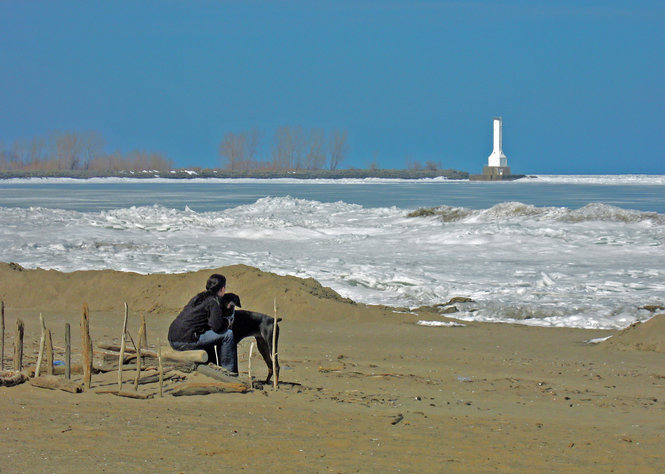Poor Lake Erie.
Not the largest of the Great Lakes, but still plenty big, why does this poor body of water get hit so hard every summer — almost covered with algae — when largely unregulated agricultural runoff dumps tons of waste into the rivers that empty into this lake?

Lake Superior, by contrast, is the greatest of the Great Lakes, and almost so clean that if one were to go far enough off shore, she/he MIGHT be able to drop in a cup and drink up.
Try that in Lake Erie at the height of the algae bloom and it is very possible she/he will die.
So — what gives?
Well, for starters Lake Erie has far more people, industry, and — perhaps most importantly — agriculture around it. But that’s not all.
Lake Erie is shallow. On average only about 60 feet deep. Lake Superior? 10 times deeper. At least.
In fact, to fully empty Lake Superior and replace it with totally new freshwater takes 191 years. Lake Erie? Two and one-half years.
It is no wonder then, that poor Lake Erie chokes on algae every summer.
But here’s the encouraging news. With effective agricultural land management, a lot can be accomplished quickly, to stop the farm runoff that is pouring into the lake.
Get to the worst spots first, make a major impact on reducing the waste, and poor Lake Erie isn’t so poor anymore. In fact, it cleans up really fast.
And everyone who lives around it loves the abundant benefits a healthy Lake Erie provides.

Very good post! We are linking to this particularly great article on our site.
Keep up the good writing.